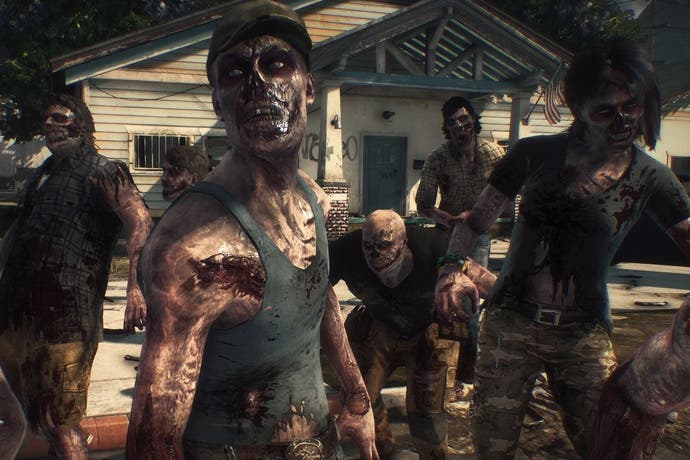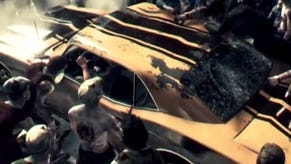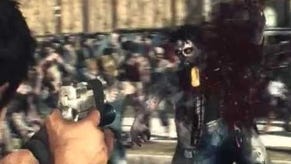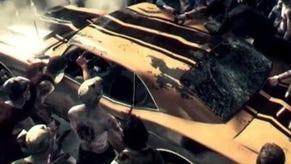Does the 13GB Dead Rising 3 patch boost performance?
Before and after frame-rate tests.
Dead Rising 3 certainly displays Capcom Vancover's desire to create an ambitious showcase for Microsoft's new machine, boasting a seamless open-world environment and almost three times as many enemies on screen as in Dead Rising 2. However, while the sense of scope and level of detail on offer are certainly impressive, things aren't quite so refined on a technical level, with frame-rate issues and visible texture pop-in giving the game a distinctly rough appearance when combined with the upscaled 720p presentation.
This week, a mammoth update weighing in at around 13GB went live, with the hefty download setting the stage for the next DLC while tackling a number of problems inherent in the final release of the game. Among the multitude of bug fixes and stability enhancements, the patch promises some performance upgrades in order to deliver a smoother and more refined experience than what we've seen so far. With that in mind we were curious to see what kind of improvements had been made to the game's often unruly frame-rate.
For our analysis of the update, we went back and re-captured gameplay from the first few missions of the game, with and without the update installed. As expected, pre-patch performance is variable when the engine is under stress, with explosions and complex scenery impacting the frame-rate when driving through the city at speed. Boss battles and fierce scraps in more confined locations are better handled, and in these areas the game makes a good fist of hitting 30fps on a regular basis. That said, it's hard to escape the realisation that drops in smoothness occur frequently across a general run of play.
Additional analysis: Dead Rising 3: Engine-driven cut-scene frame-rate tests
So, just what kind of improvement - if any - does the mammoth 13GB patch bring to the table? Initial observations during our two gameplay sessions yield few signs of any game-changing differences: we still see performance being similarly impacted in heated gameplay moments, or in locations packed with detail as we speed through zombie-filled city locations in fast cars. Our pre- and post-patch analysis video shows low frame-rates of around 22fps when alpha effects and a large number of enemies come into play both before and after we updated the game.
In some scenes we actually see the pre-patched game put out slightly higher metrics, but this simply reflects variances in gameplay between our two test runs. Overall, it's hard to see where exactly the improvements in performance have been made, suggesting that the optimisations are rather more subtle than we were hoping for. In the first two to three levels at least, there are no obviously noticeable signs of the smoother experience promised by Capcom Vancouver, and a close look at the game's real-time cinematics reveals almost completely identical frame-rates in exact like-for-like scenes, where the rendering load is very closely duplicated on repeat playthroughs. Clearly, cinematics alone won't be engaging many of the game's sub-systems, but it does suggest that the core rendering engine hasn't seen any fundamental upgrades, as sudden drops in frame-rate occur at exactly the same moments.
Overall then, the stage is set for the new Operation Broken Eagle DLC, but unless Capcom Vancouver's optimisations only extend to systems utilised further on in the game beyond the first few levels, the chances are that those downloading the 13GB patch for a smoother gameplay experience may end up disappointed.









